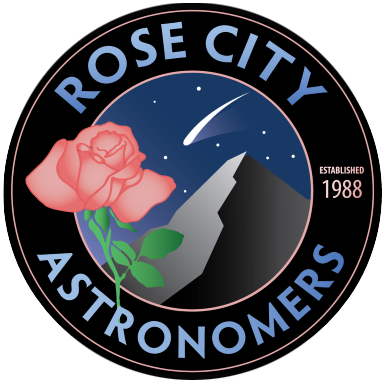Observing: Preparing for Observing Sessions
/RCA members have compiled this list of simple tips from good and disastrous personal experiences, to help make your hours of stargazing more enjoyable.
- NEVER look directly at the sun with the naked eye, binoculars, or telescope except through specially designed filters. Permanent blindness can result! There are special filters available from astronomy sources and are required for solar viewing.
- Prepare for an evening viewing session by becoming familiar with star charts of the current night sky. Develop a small list of specific objects to identify.
- Abstain from any smoking or alcoholic beverages. These substances poison optic nerve transmissions and decrease night vision considerably.
- Be well rested. Fatigue decreases accuracy and enjoyment and may ruin an otherwise good evening.
- Bring more than what seems to be enough warm clothing. Since you are sitting quietly for extended periods, your body doesn't manufacture much heat. Even summer evenings can get pretty cold. A hat or some type of head covering is essential. Gloves, warm socks, warm shoes, insulated underwear, and warm outerwear are standard. Ski clothing is a good option. Layer clothes to allow for adjustment of temperatures. Bring extras in a bag just in case it gets colder and you need to slip on something more.
- Eat something with sugar 30 minutes before observing. This will increase your energy, attention, and warmth level. Hot chocolate or soda pop are also good choices. Artificial sweeteners are not helpful.
- Bring along a thermos of cocoa, coffee, or broth. Also, a simple snack late in a viewing evening can pep up your otherwise flagging energy.
- Plan to remain in the dark for at least 30 minutes prior to observing really dim objects. It takes a healthy retina 45 minutes to adapt to the dark.
- Be sure your glasses and/or contact lenses are clean.
- Use a dim, red-lens flashlight to check charts or books. The night portion of the retina is least affected by red light. To make a simple viewing light, you can cover any flashlight with red construction paper or thick cellophane. In addition, it is a courtesy to any other observers that are in the vicinity who will appreciate their night vision not being ruined by your light as well.
- Disconnect or cover all interior car lights with a red cloth or shield them in some other way with red materials. This protects other viewers from flashes of bright white light when car doors are opened at the viewing site during the evening. Remember, your exterior back-up lights are white also, so you should park facing outward so you won't have to put your car in reverse to leave at the end of an evening.
- An ideal observing spot is high with 360 degrees of view. A small clearing surrounded by trees is even better because it provides a wind break that will help prevent cold fingers, flying book pages, and shaking equipment. Try to pick a spot removed from streetlights and traffic. It is a good idea to check out your observing site in the daylight before your viewing session.
- Some people have expensive equipment at star parties. Most astronomers are eager and enthusiastic to share the view from their instruments with everyone. Don't be afraid to ask the owner for a view through their telescope. However, before you try to move or adjust someone else's equipment, ask if it is OK and how to properly do it. They may want to do it for you.
- Check the moon phase. Even a bright quarter moon can make faint objects difficult to see. But then, looking at the moon can be a pretty interesting experience itself!
